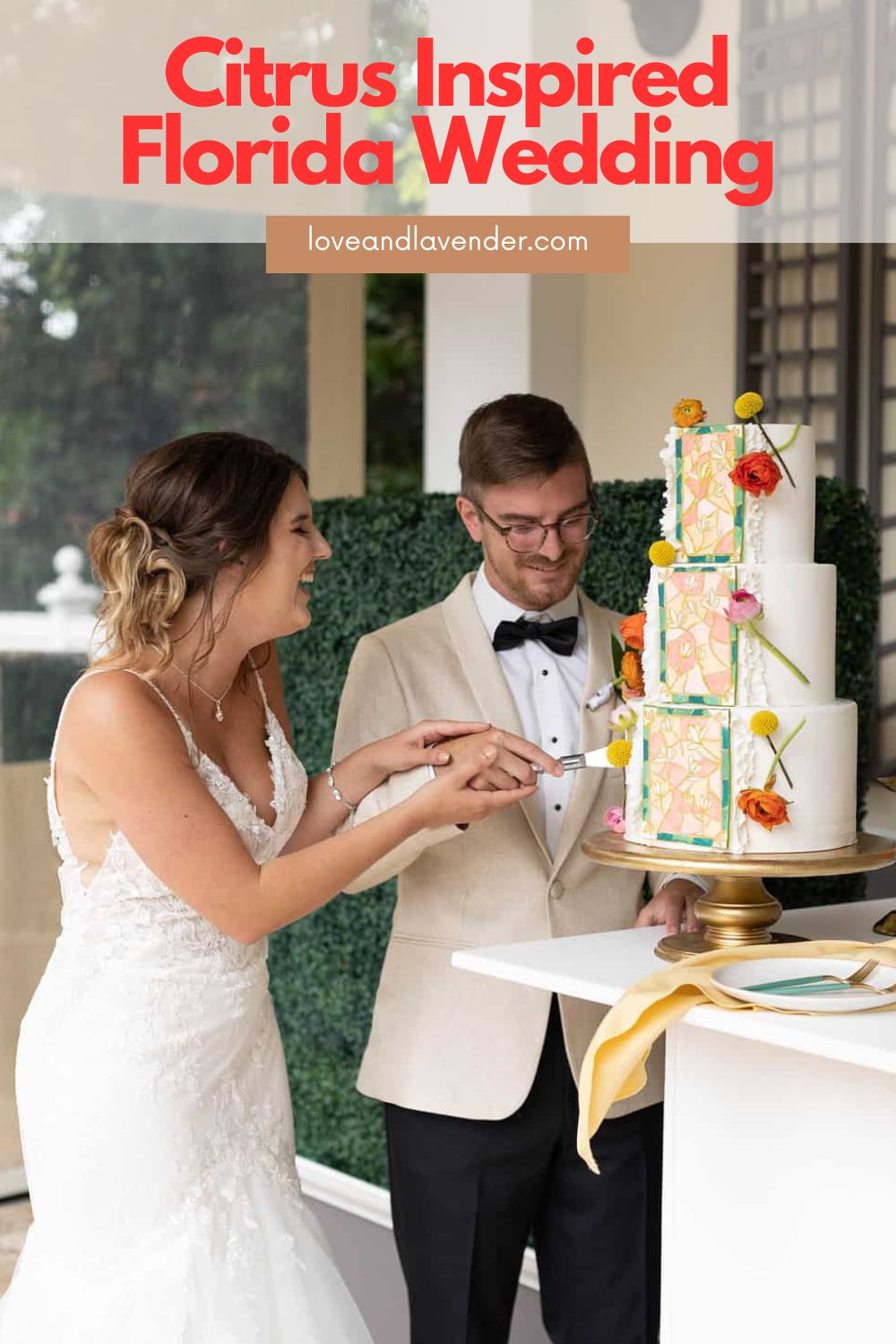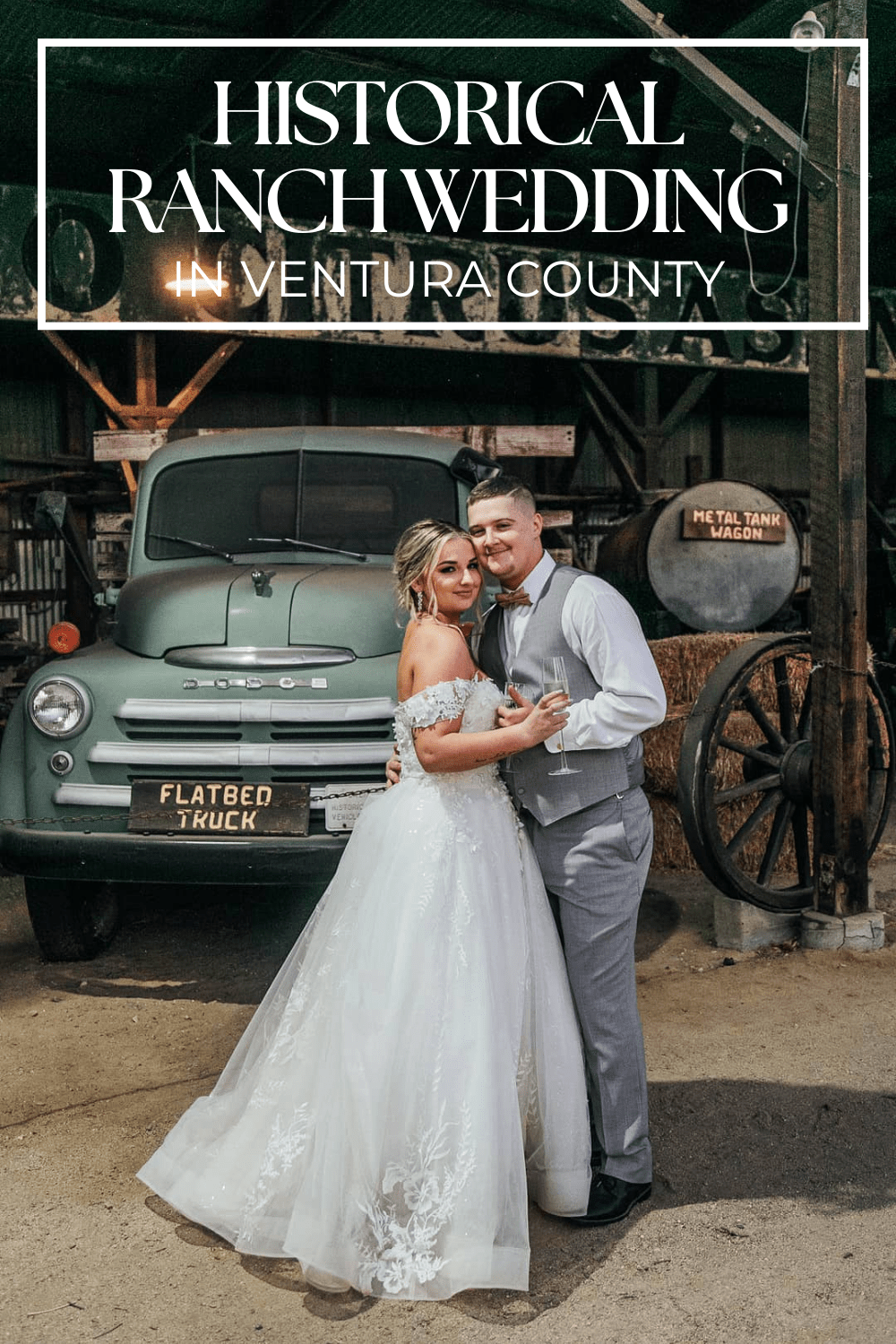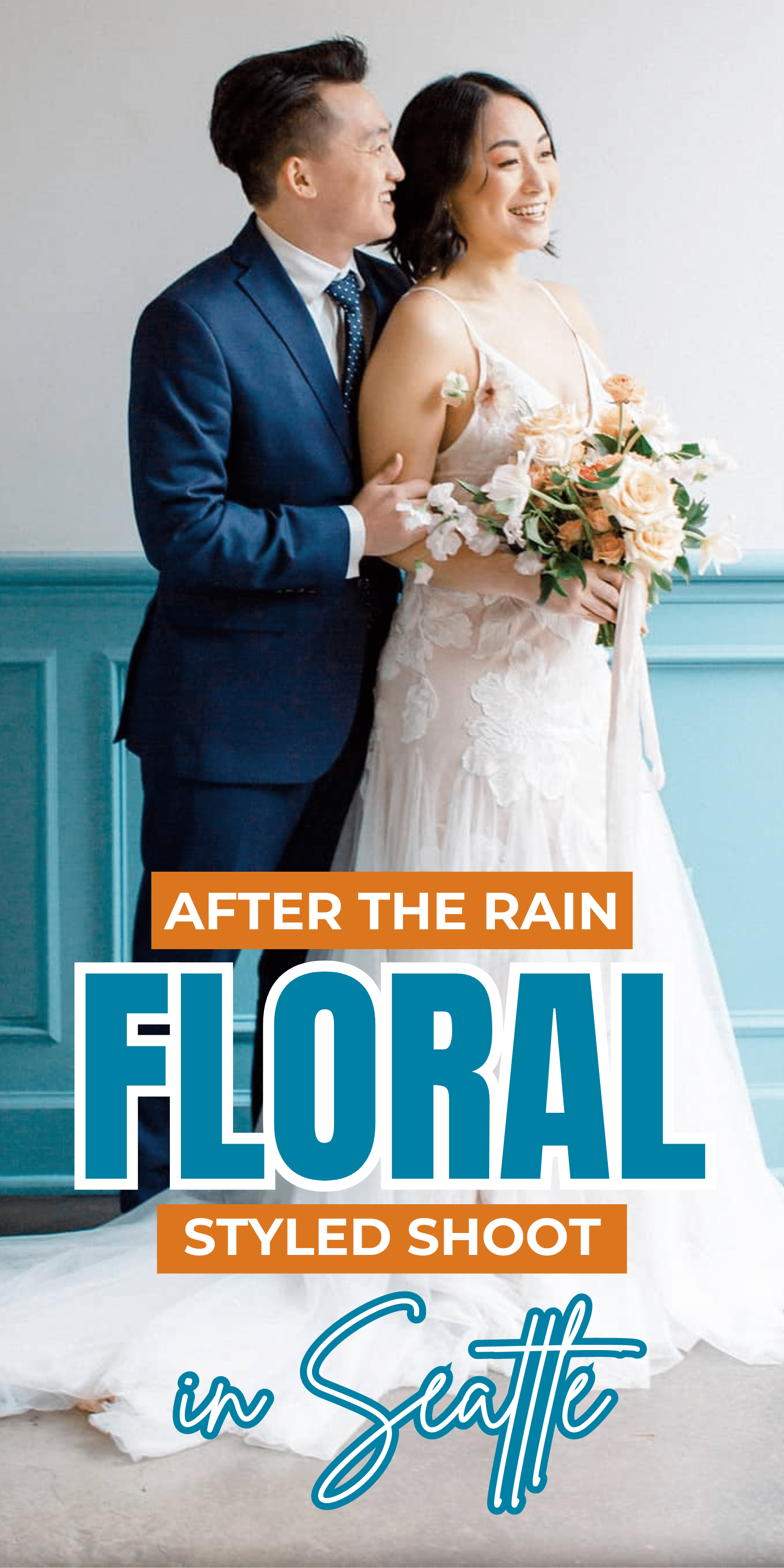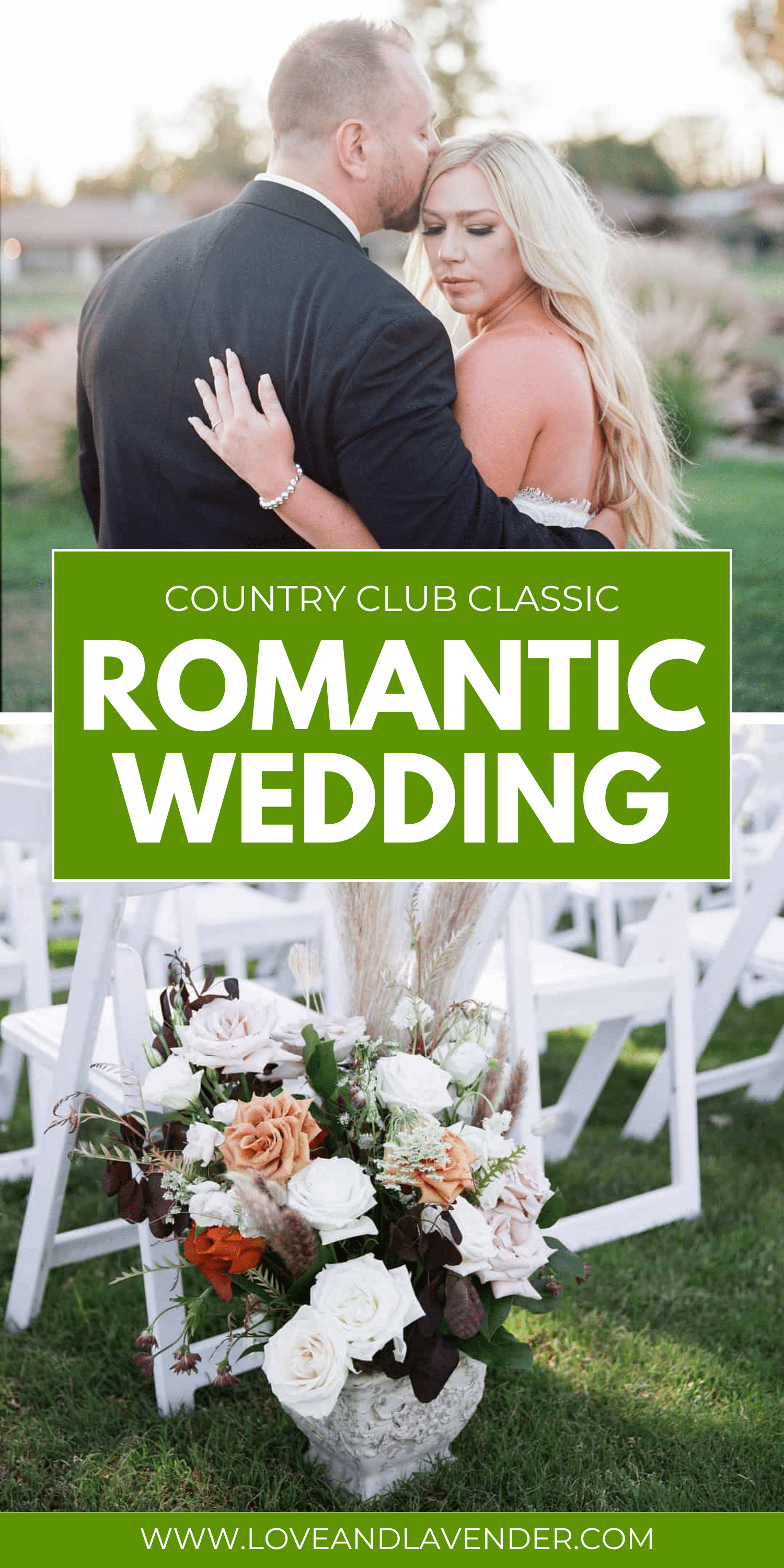Fancy-cut diamonds and gemstones, of which the pear shape is one of the most popular, are having a heyday. With a unique shape to catch the eye alongside the brilliance of your gem, it’s the perfect choice for an elegant, jaw-dropping ring you will love wearing for a lifetime.
But the very thing that makes a pear shaped ring look so stunning- its asymmetrical shape- can also make it intimidating to wear. Which way around should it be? Can you make a gauche mistake positioning it? Is it different than a wedding ring or an engagement ring?
Luckily you have us to help! Today we will walk you through everything you ever wanted to know about wearing a pear shaped stone, so your precious ring will always radiate class and style.
Why Go for a Pear Shaped Ring?
The curvaceous, sweeping line and eye-catching asymmetry are what draw people to the pear shape over other gemstone cuts. The classic pear cut echoes the fruit- with an elegant thin, and pointed top that extends into a generous rounded bottom. This is why you’ll sometimes see it marketed as the ‘teardrop’ cut, too!
Among the technicalities of pear shape diamond cuts, it’s also a hybrid of two other popular cuts- the marquise and the classic round brilliant. This allows your fine jewelry gem to maintain many of the benefits of the round cut- including a ton of sparkle- while bringing its unique allure to the table. In fact, the pear cut is one of the most sparkling of the fancy cuts!
They will typically have 58 glittering facets to throw light around spectacularly. This makes the pear shape one of the most coveted fancy cuts, which should also increase the value of your ring.
So this is a cut with the aura of romance built in. Additionally, the taper of the cut is a great way to slim your fingers and even make them appear longer to the eye. You will find some rings have a broad, fat body, while others have a longer taper and thinner line.
 Pin
PinClassically, jewelers use a width-length ratio of 1.5 to 1 or 1.75 to 1, but it is highly dependent on the brand and personal preference. Remember that an ideal pear shape should showcase only the intended horizontal asymmetry of the cut- so you want the vertical symmetry of the stone to be impeccable.
If this is off, you may find that the stone looks ‘strange’ without being able to put your finger on why.
Pear shaped stones also have something called the ‘bowtie’ effect built-in by the nature of the cut. This is a small, bowtie-shaped shadow towards the center of the ring. While all pear shapes have it, you may want to choose a ring that minimizes this for the best visual effect.
Regarding band metals, you can choose whatever you please- but consider their worth and durability and how well they match the stones in the setting. Platinum and white gold allow a crisp modern vibe, while traditional gold is timeless, and rose gold allows for greater warmth.
Pear shaped rings are best worn with the stone (not the band) positioned impeccably between the knuckle and first joint for visual balance. Lastly, remember that a pear shaped ring needs to fit well, as this is a heavy stone that could otherwise ‘spin’ on the finger if the fit is too loose- the last thing you want!
Which Way Is a Pear Shaped Ring Supposed to Face?
Here’s some fantastic news for those of you worried about styling your brand new pear shaped ring. There’s no wrong answer! So if your heart is set on a specific orientation for your ring, don’t overthink it and wear it the way that pleases you most. However, the asymmetry of the cut means there are pluses and minuses to each orientation.
While the pear shape / teardrop shape can symbolize tears of joy, there’s no inherent symbolism in your chosen direction. Just go for what you love visually and what is most practical for you.
Most folks choose to orient the ring with the softly rounded bottom towards their wrist and the tapered tip facing their fingertips. Not only does this look like a drop of water when you glance down at your hand and give your fingers maximum elongation, but it is also one of the most comfortable ways to wear a pear shaped ring with other jewelry on the same finger (more on this in a minute).
Additionally, while it is up to the jewelry designer’s discretion, it’s common for the ring’s band to be set across the widest part of the pear shape, so it sits more towards the round side than the tip. Many people like having the band itself lower on the finger and the delicate triangular side free higher on the finger.
Additionally, when you bend the knuckle of your finger, this means the longer, sharper side will move up and away from the bend, ensuring there’s no interference with your movement- so no unexpected ouch!
 Pin
PinIf you like to break away from the crowd, however, you can choose to point the sharp tip of your teardrop diamond down toward your wrist and the rounded bottom to your fingertips. This gives a dramatic and unusual statement to the piece.
While this fractionally increases your chance of the tip pricking you (it depends on how expressive you are with your hands and other factors unique to your hand anatomy), it, in turn, reduces the chances of the tip catching on clothing when you dress. Experiment with which looks best to you.
Like to be completely different? There’s an increasing trend among jewelers to set the pear horizontally– so both the round end and the pointed end lie across the width of the finger from each other. This is a fantastic way to highlight the asymmetry of the cut and create a piece that will stand out wherever you go, but some people don’t like the unbalanced aspect.
It’s more common in statement rings than wedding or engagement pieces. It also better suits a small stone than one with a high carat value, which could be uncomfortable in this orientation. This style is best worn on the index finger (or pinky), and the sharp tip will need careful placement to avoid aggravating.
You can even amp up this uniqueness a little bit more with one that lies neither horizontally nor vertically but at an angle. Picture a square on your finger- the gem would have the round bottom in one corner and the tip in the diagonally opposite corner.
While both of these options are incredibly unique, they’re not for everyone. If you choose the diagonal setting, you’ll face the same decision- round up or round down. Again, it’s purely up to you.
What About Pear Shaped Engagement Rings?
“How to wear a pear shaped engagement ring?” is a question we see surprisingly often. At heart, however, there’s no real difference. The pear shaped cut is not like the Celtic Claddagh ring, where direction indicates marital status or a promise, so you’re free to style your ring however you like.
Typically, the largest stone you will wear belong to your engagement ring. This is why so many people worry if they’ve spent enough on the engagement ring they gift their loved one!
While promise rings have a similar meaning- lifetime commitment to each other- they’re usually given before any official partnership plan is announced, so they tend to be smaller and more discreet.
 Pin
PinThe engagement ring is traditionally given as the countdown to the big day starts and is often your most glamorous piece of jewelry with the highest carat stone. This means the size of your pear shaped engagement ring may play a role in your decision of how to style it.
If you’re looking for inspiration, take a look at the staggering variety of pear shaped engagement ring designs Keyzar Jewelry offers! You can also build the engagement ring of your dreams by picking every individual aspect of it – the band, diamond cut and shape, the material, and more.
Lastly, keep in mind that the horizontal and diagonal designs we mentioned will likely be impractical and would be best for a non-sentimental ring. We share some great tips below if you’re hoping to wear your pear cut engagement ring daily as a set with your wedding band.
How to Wear a Pear Shaped Ring With Wedding Band
Wearing your wedding band and engagement ring together on the same finger is known as ring stacking. If you’re worried that you can’t do this with a pear shaped engagement ring, think again! You most certainly can. Ultimately, if you plan on wearing your two most treasured rings, it’s smart to opt for a pair designed for that purpose.
Remember when we mentioned that the band part of a pear shaped ring is typically at the broadest point of the stone, thus a little nearer to the rounded end of the stone?
This means most stacked wedding and engagement rings tuck the wedding band into the sharper side of the stone- so the two bands lie neatly one on top of the other, with the pear shaped stone covering both.
 Pin
PinIf you dare to be a little different, however, it is possible to wear a wedding band on the round side of the pear. Not just any band will do for this, however! You would need a jeweler to create a curved wedding band to accommodate the pear’s round bottom so the two rings nestle together perfectly.
If you fancy having a few discrete gems on your wedding band, this is a spectacular way to showcase them. You can flip this and use a V-shaped chevron band to fit snugly around the tip if you wish, but this may separate the two rings too much. Your style, so wear it your way!
A little more avant-garde in nature, we’ve also seen open-face wedding bands, typically terminating in two small diamonds to echo the setting of the pear shaped engagement ring. It’s an interesting but highly non-traditional choice for unconventional brides.
How to Protect Your Pear Shaped Ring From Damage
Now that you know how to wear a pear shaped ring with a wedding band, let’s finish off with some tips to care for your new precious. While a ring’s value is always closely tied to the carat value of the stone, the pear shape is one of the most coveted (and expensive) fancy cuts there is, coming in closely behind the classic round brilliant cut in value, so you want to keep it safe.
 Pin
Pin- Consider the setting of the ring carefully. There will be a balance to strike between practicality and your desired design, but settings like the closed bezel are less likely to snag or break than raised settings like the prong.
- How prone to scratching the metal is should also be considered- this is why engagement and wedding bands are often 14 karat gold instead of 18 karats. Despite its higher value, 18k gold scratches more easily.
- Always get your ring sized to your finger properly by a jeweler. A ring that fits perfectly- snug but not tight- is much safer than one that’s too loose. It’s perfectly natural for your hands to swell during the day (don’t feel bad, we’ve all been there), and you may find your band size changes over the years due to age and arthritis, too. If the change is permanent, get your ring resized to fit comfortably again.
- Remove your rings when you wash your hands to prevent the chemicals and moisture from damaging the ring and setting. Remember to put them down safely and pick them up again once your hands are dry! No one wants an oopsie with their gems.
What to Do if My Pear Ring Becomes Stuck on My Finger?
To remove a stuck ring, either try dunking your finger in ice water (if your ring and stone are water-safe) to reduce swelling or try to ease it off with a little lubricant. Windex, believe it or not, is perfect for this!
If it is tightly stuck, try to work some thread or floss under the ring, then wrap the finger tightly (and briefly) with the floss to compress the tissue and allow you to work the ring up the finger.
Conclusion
A sassy-but-lovely pear shaped ring makes a statement of love like no other. Eye-catching and dazzling to behold, it symbolizes joy, love, and timeless elegance. If you’re looking for a ring that stands out from the crowd, and is preferred by top fashion icons like Ariana Grande, Cardi B, and Katherine Heigl, this is the choice for you- and now you know how to wear it like a rock star, too.













Leave a Reply